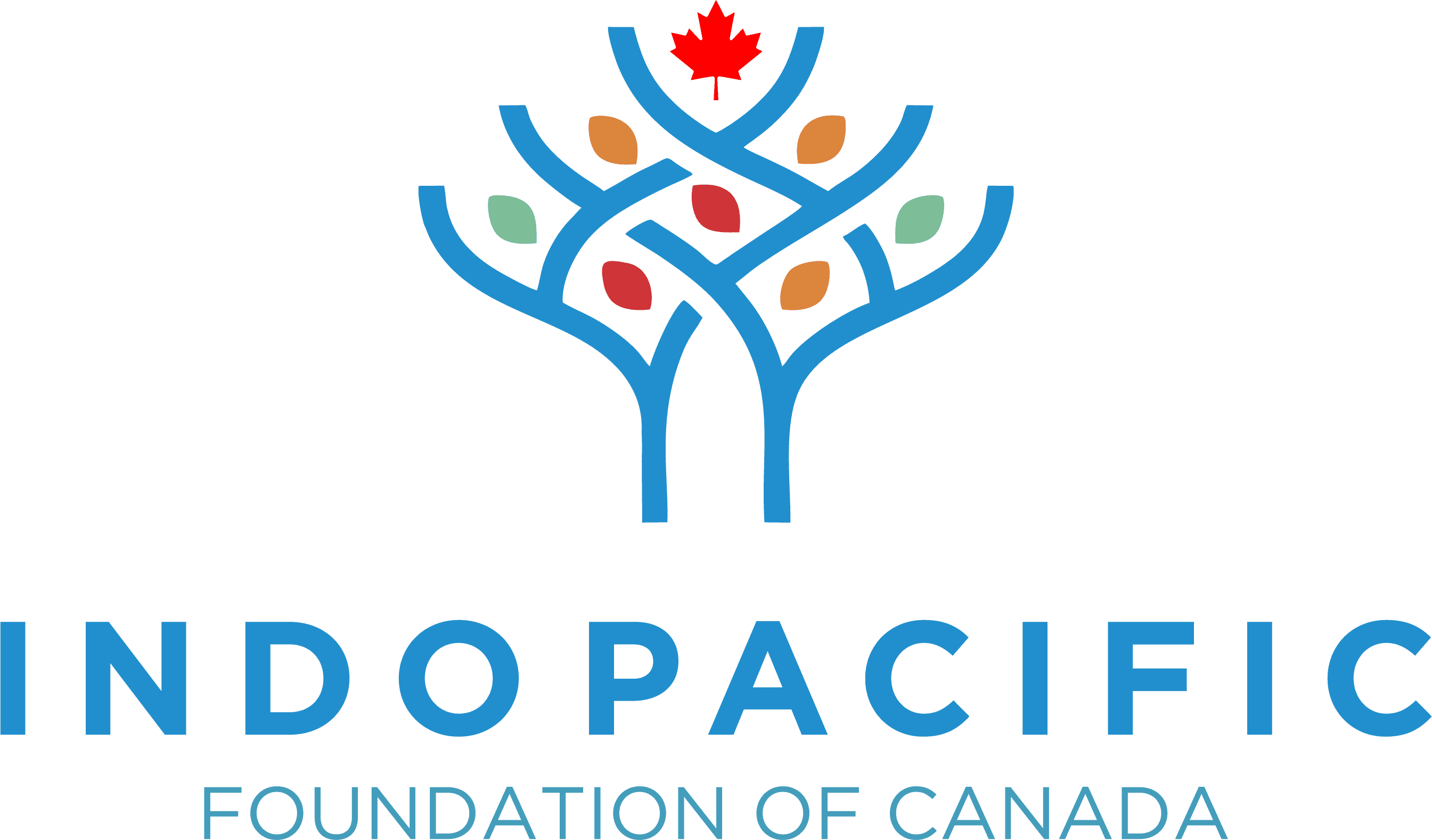Multicultural Table: A Collaborative Framework for Parade of Cultures 2026
The Indo-Pacific Foundation of Canada is a non-profit organization dedicated to fostering cultural understanding, economic collaboration, and inclusive development across the Indo-Pacific region and Canada. With a mission to create bridges between communities through events, mentorship, innovation, and advocacy, IPFC champions diversity as a strength and catalyst for shared prosperity. Through large-scale festivals, grassroots programs, and strategic partnerships, the Foundation provides a platform for underrepresented voices and drives intercultural collaboration for a better tomorrow.
Multicultural Table: A Collaborative Framework for Parade of Cultures 2026
The Indo-Pacific Foundation of Canada (IPFC) is pleased to introduce a meaningful and community-driven initiative — the Multicultural Table. This initiative will bring together community leaders from across the Indo-Pacific region to help shape the Parade of Cultures, which will take place on June 27, 2026, in British Columbia.
This isn't just a planning group. It’s a roundtable of shared values, lived experiences, and cultural pride — a place where diverse communities come together to design something vibrant and unforgettable. The goal is not only to produce a spectacular parade but to foster trust, dialogue, mutual learning, and long-term collaboration among BC's diverse Indo-Pacific diaspora.
Structure of the Multicultural Table:
The Table will begin with 10 seats, each representing one of the following countries:
China, Korea, India, Philippines, Thailand, Indonesia, Vietnam, Malaysia, Singapore, Japan.
Each seat will be led by a Chair, selected from respected community associations and cultural networks. The Chair will act as the official liaison, guiding discussions and decisions on behalf of their community.
Each Chair will appoint two Vice Chairs to ensure diverse perspectives and assist with community mobilization, communications, and event execution. Together, this trio will form the leadership hub for their cultural team.
Core Components of Each Country’s Participation
Each team will be tasked with organizing a minimum of 100 participants, with diverse roles divided into:
Street Performance Troupe (35–40 people):
Dancers, martial artists, musicians, folk performers
Engaging, interactive, and representative performances along the parade route
Traditional Attire Delegates (20–25 people):
A walking exhibit showcasing the full spectrum of traditional and ceremonial dress
Flag & Symbol Bearers (5–10 people):
Featuring national flags, symbolic objects, heritage artifacts
Cultural Float in hand:
Moving displays themed around national landmarks, myths, or cultural values
Drumming/Music Unit:
A live rhythm section that provides musical continuity and cultural flavor
Main Stage Cultural Showcase
Beyond the parade, each team will present a 10-minute stage performance featuring:
Traditional or contemporary music, dance, storytelling, skits, or multimedia art
Collaborative “fusion” performances between two or more countries (highly encouraged)
The use of multimedia, lighting, and costume to elevate stage presence
Recognition & Celebration
To honour the efforts of participating teams, several community-voted and jury-based awards will be presented:
Best Cultural Float
Best Cultural Performance (Stage)
Best Youth-Led Segment
Most Inclusive Team
People’s Choice Award
Spirit of Intercultural Unity Award
